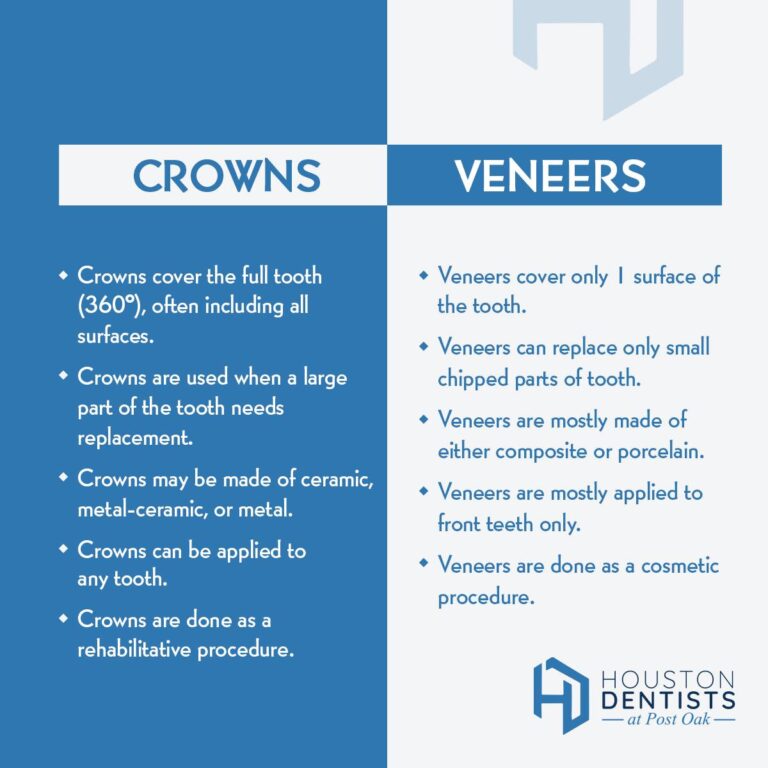TMJ Stretches and Exercises
When actively experiencing pain and discomfort from a TMJ problem, exercising the area may not be incredibly helpful. Try relaxing techniques and gentle stretching to help relieve the pain, and attempt TMJ strengthening exercises once the initial ache has subsided to help keep pain from returning.
If you want to keep the discomfort of TMJ pain away, these strengthening exercises may help you find relief. These exercises involve opening and closing your mouth while placing some resistance on your chin.
- Resisted opening exercise. Place one thumb under your chin, and gently push downward against it. As you push your thumb, slowly open your mouth, keeping it open for a few seconds before slowly closing it.
- Resisted closing exercise. Keep your thumb under your chin, then take your index finger from the same hand and place it on the ridge between your chin and lower lip. Gently push as you close your mouth.
1. Stretching Exercises
Gently stretching your jaw and joint area can also help keep TMJ pain from returning. Remember to be careful, and if you experience pain while doing the exercises, stop immediately. You might need more time before you can engage the joint.
- Relax your jaw, then with your teeth slightly apart, slowly open your mouth as wide as you can while looking up with your eyes. Hold your mouth open for a few seconds, then slowly close it.
- Once your mouth is closed, move your jaw to the left while looking to the left with your eyes. Do not turn your neck or head. Hold this position for a few seconds, then move back to the center. Repeat on the opposite side.
2. Rocabado’s 6×6 Exercise Routine
Rocabado 6×6 exercises are some of the most well-known physical therapy exercises for TMJ pain relief. This routine includes a series of jaw exercises:
- Rest position of the tongue. Place the tip of the tongue on the mouth’s upper palate, putting gentle pressure on the palate.
- Control of TMJ rotation. Open and close the jaw while gently pressing the tip of the tongue on the palate.
- Rhythmic stabilization technique. Place two fingers on the chin. Open and close your jaw while pressing the tongue on the palate.
- Axial extension of the neck. Lift and lower the chin as if nodding the head.
- Shoulder posture. Squeeze the shoulder blades together while lifting and lowering the chest.
- Stabilized head flection. Bring your chin toward your neck (creating a “double chin”), then push it out again.
3. Kraus’ TMJ Exercises
Physical therapist Steve Kraus created this set of TMJ exercises intending to limit the activity of the muscles responsible for chewing.
- Tongue position at rest. Place the tip of the tongue on the palate, just behind the front teeth.
- Teeth apart. Keep the bottom and upper teeth apart to help relax the jaw.
- Nasal-diaphragmatic breathing. Breathe through the nose to help better position the teeth and tongue.
- Tongue up and wiggle. Place the tongue to the palate, then move the jaw from side to side.
- Strengthening. Place a stack of tongue depressors between the top and bottom rows of teeth. The number of tongue depressors used will depend on the size of the opening between your upper and lower rows of teeth. You want enough to give your jaw a good stretch. Hold the stretch for up to five minutes a few times per day.
- Tooth and bite. Place an index finger on an upper canine tooth, then try to bite the finger. Repeat five to 10 times, up to eight times a day.
4. Relaxation Exercises
Suppose the pain and discomfort in your TMJ are stress-related. In that case, you can incorporate some relaxation techniques to help ease the tension. Mayo Clinic recommends breathing exercises to help reduce the pressure in the jaw muscles. Inhale for a count of five or ten, then slowly exhale. Although it is not a form of exercise, this technique can help reduce stress and ease any TMJ-related discomfort.







